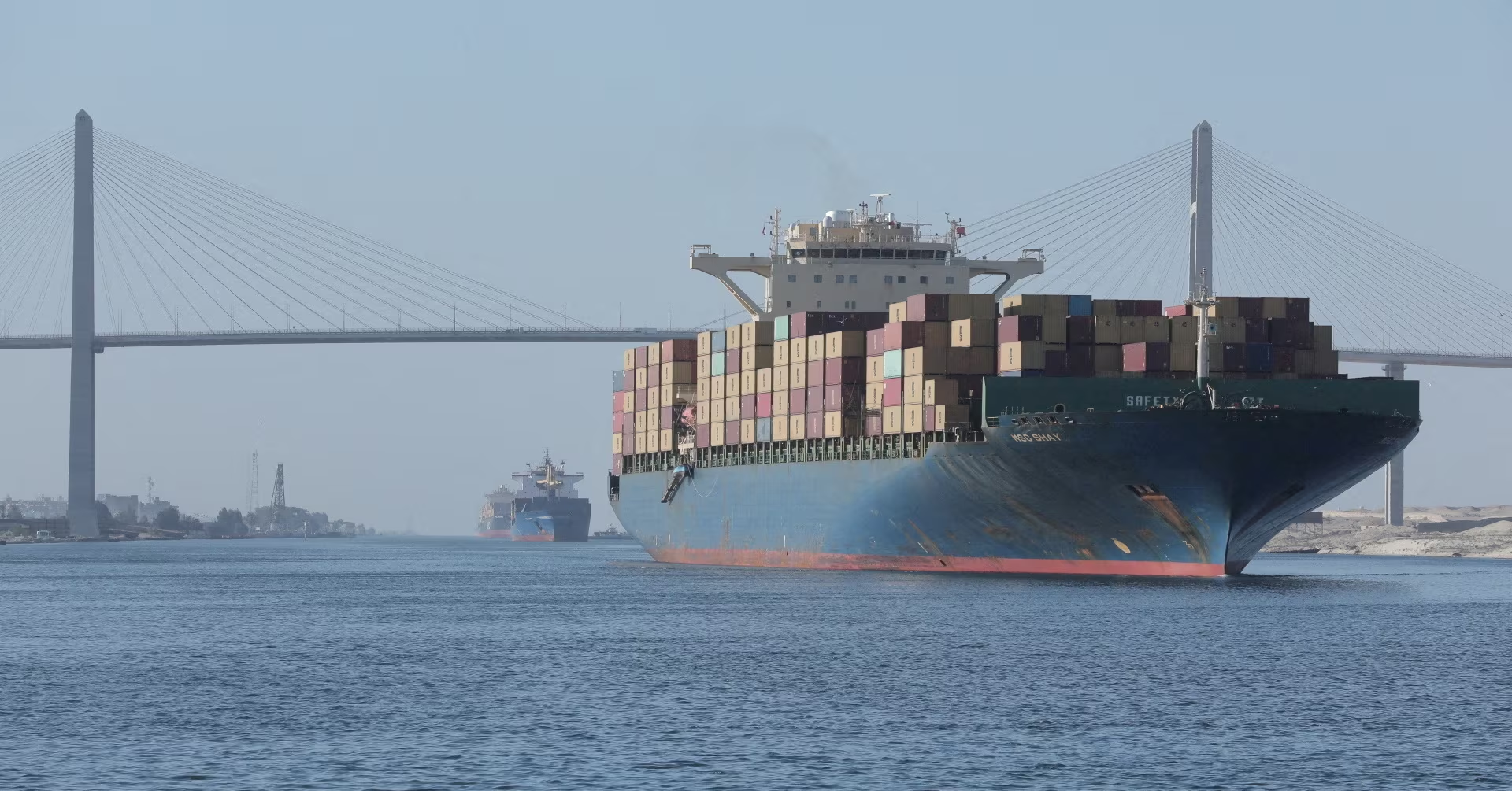Indian ports make bunkering activity gains amid Red Sea crisis

During the first seven months of 2024, Indian ports experienced a significant 64% year-on-year (YoY) increase in bunkering and ship-to-ship (STS) calls, as reported by S&P Global Commodity Insights. Bunkering, the process of supplying fuel to ships, saw a notable rise due to various global and regional factors influencing maritime routes and fuel demand.
One of the primary drivers behind this surge was the ongoing Red Sea crisis, which began in October 2023. The crisis has led shipowners to opt for longer routes around Africa, boosting monsoon bunker demand at Indian ports. The total number of bunkering and STS calls reached over 6,765 during this period, compared to 4,113 in the same timeframe in 2023, highlighting the impact of the crisis on shipping activities.
Tankers: Diesel Trade Landscape Changed After Surge in Russian Diesel Imports
Favorable pricing and consistent fuel supply from domestic refineries also contributed to this growth, particularly in Mumbai, which saw a 53% rise in bunkering and STS calls. Despite the monsoon season typically disrupting operations, Mumbai’s market remained relatively unaffected this year, further supporting the increase in demand.
However, not all regions experienced growth. Gujrat-based ports saw a 26% decline in bunkering and STS calls in July 2024, largely due to seasonal restrictions imposed by port authorities on barge movements because of unfavorable weather conditions. Meanwhile, the Haldia market maintained stable demand, though concerns about refinery maintenance left market participants uncertain about future supply.
Additionally, an uptick in bunker demand at Colombo led to a decline in Kochi, with pricing dynamics reflecting this shift. Platts reported a $23/tonne discount for marine fuel oil delivered to Kochi compared to Colombo, illustrating the competitive pressures within the regional bunker market.
